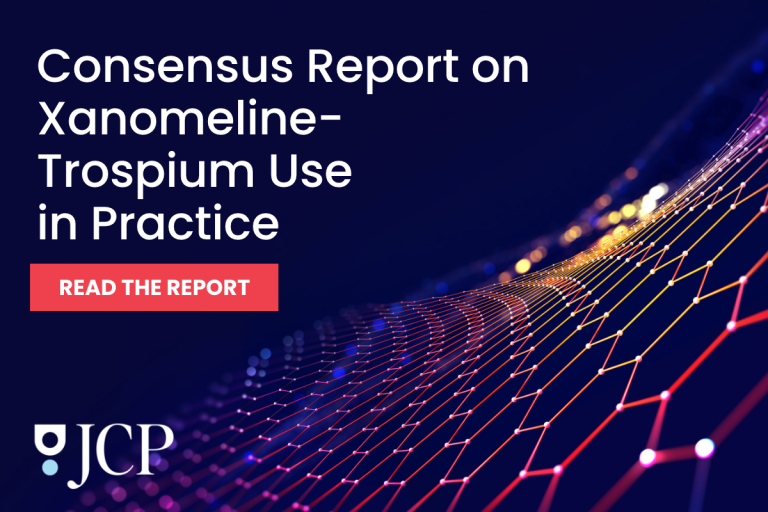The public’s notion of post-traumatic stress disorder (PTSD) is typically that of a psychological scar. But a pair of new studies illustrate how it can haunt entire communities and even crop up in the rhythm of everyday life.
Together, these two independent studies assemble a working model of PTSD as a multifaceted phenomenon.
A Community Reeling in Ohio
Nine months after the Norfolk Southern train derailment in East Palestine, Ohio, researchers surveyed 1,000 residents within a 65-mile radius. The February 2023 accident released more than a million pounds of vinyl chloride and other volatile organic compounds, spreading fear and distrust across multiple states as it wormed its way into the soil.
The mental health toll was sobering. Presumptive PTSD plagued more than 15% of respondents, while major depression slung to more than 13% of them. Nearly three-quarters of those surveyed worried about toxic exposure. And half reported new or worsening physical symptoms since the derailment. Just as troubling, half of the residents reported that they didn’t fully trust the word of public health officials.
But maybe the most interesting discovery was that proximity to the derailment site failed to manifest itself in higher rates of PTSD or depression. This, despite elevated physical complaints. Instead, perceptions of exposure and uncertainty about long-term risks (whether real or imagined) seemed to drive distress.
That discovery echoes decades of research on technological disasters, from Three Mile Island to the Flint, Michigan, water crisis. It’s not about the chemicals exclusively. It’s usually more about the cloud of uncertainty and mistrust that muddies the mental health of those affected.
The Ohio study underscores a crucial (and oft overlooked) point. Trauma can spread well beyond the immediate victims. Chemical disasters, even sans evidence of toxic exposure, generate psychiatric fallout stemming from overwhelming fear, a loss of control, and the erosion of trust in public institutions.
Trauma in the Digital Age
The second study pulled back the perspective even further — into the digital and physiological signatures left by collective trauma. In the aftermath of the Oct. 7, 2023, attacks in Israel, researchers tracked more than 7,000 individuals through a mix of smartwatch data and large-scale surveys.
Perhaps not surprisingly, the prevalence of PTSD symptoms soared. Between 22.9% and 36% of respondents met the criteria for PTSD between seven and eight weeks after the attacks.
Even seven months later, the rates remained staggeringly high, between 15.9% and 24.7%. Anxiety levels echoed those rates.
But the researchers gleaned the most crucial insights from the smartwatches. Within the first the participants worsening moods, less physical activity, and poorer sleep quality. These changes emerged before clinical diagnoses, which suggest a future where wearable devices could flag early PTSD risk, and potentially drive early intervention.
The researchers found that media exposure also played a pivotal role. Those who consumed more hours of graphic content, especially on platforms such as Telegram and TikTok, reported sharply higher odds of developing PTSD. In an age when everyone has on-demand access to graphic content on their smartphones, indirect trauma exposure could be nearly as powerful as firsthand experience.
Care Implications
Taken together, these two studies trace PTSD’s fingerprints across different scales:
- Community: Disasters ripple outward, sowing depression and PTSD even among those without direct exposure.
- Digital/physiological: Smartwatches and surveys capture early stress signals, while media consumption magnifies risk in populations far removed from the epicenter.
What unites them is the theme of hidden exposure. In Ohio, trauma hides in the uncertainty of invisible toxins. Online, it hides in the pixels of a TikTok video. Each study challenges the traditional models of trauma that focus on direct, visible events.
The implications are profound. For public health, the East Palestine findings shore up the argument that disaster response must treat uncertainty itself as a toxin. Transparent communication, trust-building, and early access to mental health services are as vital as air-quality monitors and bottled water.
For digital health, the Israeli smartwatch study demonstrates that continuous monitoring can spot PTSD before it fully manifests. That opens the door to preventative interventions delivered via apps, telehealth, or even automated nudges, with the right ethical and privacy guardrails in place.
Together, these studies invite a reframing of PTSD not as a discrete disorder but as a multi-system consequence of trauma. Addressing it demands tools as diverse as disaster epidemiology and wearable sensors. And yet, the human element remains constant. Whether it’s a community’s eroded trust or a smartwatch’s stressed heartbeat, the signal is the same. Trauma lingers. Understanding how – and at what scale – might finally bring us closer to loosening its grip.
Further Reading
PTSD Management in Primary Care
Combined PTSD Treatments Could Benefit Military Populations Most



